Create a Wildlife Haven Wonderland in Your Winter Garden
Picture a crisp winter morning in your garden. Frost glistens on bare branches, and the air is sharp with cold. While it might seem like nature has retreated into dormancy, countless creatures are desperately seeking food, water, and shelter to survive the challenging months ahead. How can your garden become their sanctuary?
Your outdoor space—whether it's a sprawling countryside plot or a modest urban courtyard—can serve as a crucial lifeline for UK wildlife during winter. Small gardens collectively form vital corridors that help animals navigate harsh seasonal conditions and find the resources they need to thrive.
This guide offers straightforward, actionable steps to transform your winter garden into a wildlife haven that supports hedgehogs, birds, insects, and other creatures braving the cold. You'll discover that creating a wildlife-friendly garden doesn't require expensive equipment or extensive expertise—just a few thoughtful changes can make an extraordinary difference.
Why Your Garden Matters More Than You Think
Winter presents formidable challenges for British wildlife. Food sources become scarce as plants stop producing seeds and insects disappear. Water sources freeze over, leaving animals struggling to find fresh drinking water. Safe shelter from predators and harsh weather becomes increasingly difficult to locate.
The statistics paint a stark picture of winter survival. A small bird can lose up to 10% of its body weight during a single cold night simply trying to stay warm. Hedgehogs need secure hibernation spots where they won't be disturbed for months. Beneficial insects like ladybirds require protected spaces to survive freezing temperatures.
Your garden forms part of a vital network. Even the smallest domestic spaces contribute to wildlife corridors that connect larger natural habitats. When neighbours create wildlife-friendly gardens, they establish a patchwork of safe havens that dramatically improves survival rates for local species.
Consider this: the Royal Society for the Protection of Birds estimates that UK gardens collectively cover an area larger than all our nature reserves combined. Your individual efforts multiply when combined with others, creating a powerful conservation network right outside your back door.
Step 1: Provide Essential Food and Water
Fuel for Feathered Friends
Birds require high-energy foods to maintain their body temperature during cold months. Setting up bird feeders stocked with fat balls, sunflower seeds, and peanuts provides crucial nutrition when natural food sources are limited.
Position feeders at different heights to accommodate various species. Robins prefer ground-level feeding, while goldfinches enjoy hanging feeders. Blue tits and great tits readily use hanging fat balls, which provide the concentrated energy they need for cold nights.
Don't overlook natural feeding opportunities. Leave seed heads on perennial plants like echinacea, rudbeckia, and sunflowers rather than cutting them back immediately. These create ready-made bird feeders that look attractive while providing sustenance throughout winter months.
Fresh Water: A Precious Winter Resource
Finding unfrozen water becomes increasingly challenging as temperatures drop. A shallow birdbath positioned in a sheltered spot can provide this essential resource when natural sources freeze over.
Here's a simple trick to prevent water from freezing: place a light ball, such as a ping-pong ball, in your birdbath. Wind movement will keep the ball moving, disrupting ice formation and maintaining access to liquid water for longer periods.
Change the water regularly to prevent it becoming stagnant, and consider using a shallow dish rather than a deep basin to reduce drowning risks for small creatures seeking a drink.
Step 2: Create Cosy Winter Shelters
Embrace the Wild Side
Resist the urge to tidy everything perfectly. A slightly wild corner of your garden becomes a five-star hotel for overwintering wildlife. This "messy" approach provides exactly what many creatures need to survive harsh conditions.
Create a simple log pile using fallen branches, twigs, and autumn leaves. Stack logs of varying sizes in a quiet corner, filling gaps with smaller twigs and covering the pile with leaves. This structure offers hibernation spots for hedgehogs, shelter for toads, and overwintering sites for beneficial insects like ladybirds and lacewings.
Position your log pile away from main pathways to avoid disturbing hibernating animals. Once established, resist the temptation to tidy or reorganise it during winter months—creatures may be using it for essential shelter.
Leave the Leaves Where They Fall
Autumn leaves shouldn't be considered garden waste during winter months. A layer of leaves on flowerbeds provides natural insulation for plant roots while creating habitat for invertebrates. These small creatures become vital food sources for birds struggling to find nutrition during cold spells.
Leaves also break down gradually, enriching your soil with organic matter that will benefit plant growth when spring returns. If you must clear leaves from lawns or pathways, rake them onto flower borders instead of disposing of them entirely.
Step 3: Choose Wildlife-Friendly Plants for Winter Interest
Berry-Producing Champions
Strategic plant choices can provide natural food sources throughout winter months. Berry-producing shrubs offer essential nutrition for birds when other food becomes scarce.
Holly (Ilex aquifolium) produces bright red berries that birds love, while also providing dense, evergreen shelter from wind and predators. Rowan (Sorbus aucuparia) offers clusters of orange-red berries that attract thrushes and blackbirds. Various Cotoneaster species produce abundant small berries in red or orange hues.
Plant these shrubs in autumn or early spring, choosing positions where they'll receive adequate sunlight to produce maximum berry crops. Many berry-producing plants also offer attractive winter structure and colour for human enjoyment.
Winter Flowers for Emerging Insects
Even during winter, mild days will tempt some insects to emerge from shelter. Winter-flowering plants provide crucial nectar sources during these brief active periods.
Winter Honeysuckle (Lonicera fragrantissima) produces fragrant pale flowers from December through March. Mahonia species offer dramatic yellow flower clusters that bloom through winter months. Early crocuses push through cold soil to provide some of the first nectar sources as winter transitions toward spring.
Top Winter Plants for Wildlife:
- Holly (berries and shelter)
- Rowan (berries for birds)
- Cotoneaster (abundant small berries)
- Winter Honeysuckle (winter nectar)
- Mahonia (early flowers)
- Winter-flowering crocuses (early nectar)
- Ivy (late berries and shelter)
Protection Ideas for your Fish Pond
One of the biggest concerns for many gardeners during winter is protecting their fish pond from harsh weather conditions. However, you don't have to freeze over your water feature or drain it completely to keep your fish safe. Here are a few ideas to protect your fish pond and provide shelter for wildlife during winter:
- Use netting: Covering your pond with netting can be an effective way to prevent predators from reaching your fish while also providing some protection against falling leaves and debris.
- Install a floating heater: A floating heater is a device that keeps a small area of water open and ice-free, allowing oxygen in and toxic gases out. This is especially important if you have deep ponds or fish that require oxygen to survive.
- Create a hiding spot: Adding a large rock, log or pile of rocks around the edge of your pond can give your fish a place to hide and seek shelter when needed.
- Keep an eye on water levels: Make sure to monitor the water levels in your pond during winter as heavy snowfall or ice buildup can cause water levels to drop quickly. Refill if necessary to ensure your fish have enough space and oxygen to survive.
- Consider using a de-icer: Similar to floating heaters, de-icers are devices that keep a small area of water open for gas exchange. They can be especially helpful in shallow ponds with limited space for fish to gather and find oxygen.
- Avoid overfeeding: During winter, fish have slower metabolisms and therefore require less food. Overfeeding can lead to excess waste buildup in the pond, leading to poor water quality and potential harm to your fish. Follow a strict feeding schedule and only give them what they can consume in a few minutes.
- Prepare for spring: As winter comes to an end, it's important to start thinking about preparing your pond for spring. This includes cleaning out any debris that may have accumulated during the winter months, performing a partial water change, and adding beneficial bacteria to kickstart biological filtration.
- Be mindful of predators: Unfortunately, ponds can also attract unwanted visitors such as birds, raccoons, and other predators. To protect your fish, consider adding netting or a motion-activated sprinkler system to deter these animals from approaching the pond.
- Consider adding plants: Not only do plants add aesthetic appeal to your pond, but they also provide natural filtration and shade for your fish. Make sure to choose plants that are suitable for ponds and won't harm your fish.
- Don't forget about maintenance: Maintaining a healthy pond requires ongoing effort and attention. Regularly test water quality, perform necessary water changes, and keep an eye out for any signs of illness or disease in your fish. Taking preventative measures will help ensure the longevity of your pond and the well-being of your fish.
- Consider adding a water feature: Adding a small waterfall or fountain can enhance the beauty and sound of your pond, creating a more peaceful and inviting atmosphere. It also helps with oxygenation and circulation in the water, promoting a healthier environment for your fish.
- Plan for winter: If you live in an area with cold winters, it's important to plan ahead for how to care for your pond during this season. This may include installing a de-icer to keep a small area of open water, removing any excess debris from the pond before it freezes over, and reducing feeding as fish become less active in colder temperatures.
Transform Your Space Into a Living Sanctuary
Creating a wildlife haven doesn't require dramatic garden overhauls or significant expense. The three key steps—providing food and water, creating shelter, and choosing appropriate plants—work together to support local biodiversity during the most challenging season.
Your wildlife-friendly garden becomes a rewarding space that brings life and movement during the quietest months. You'll enjoy watching birds visit your feeders, knowing that hedgehogs might be safely hibernating in your log pile, and anticipating the insects that will emerge when warmer weather returns.
Start with one or two changes that appeal to you most. Perhaps set up a simple bird feeder this week, or designate a corner of your garden as a "wild zone." Each small action contributes to a larger network of wildlife support that makes a genuine difference to the creatures sharing our outdoor spaces.
Share your winter wildlife visitors on social media using #WinterWildlifeGarden—your experiences might inspire others to create their own wildlife havens, multiplying the positive impact across communities.
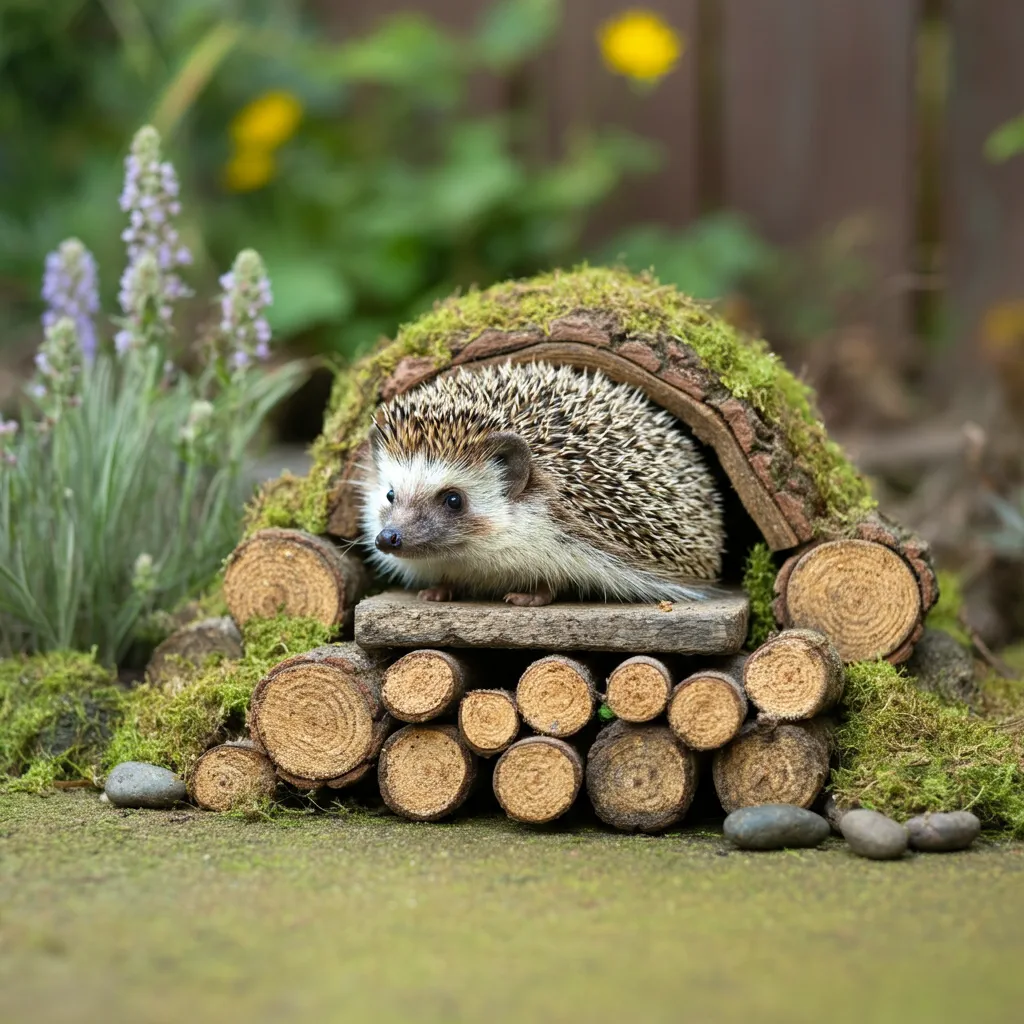
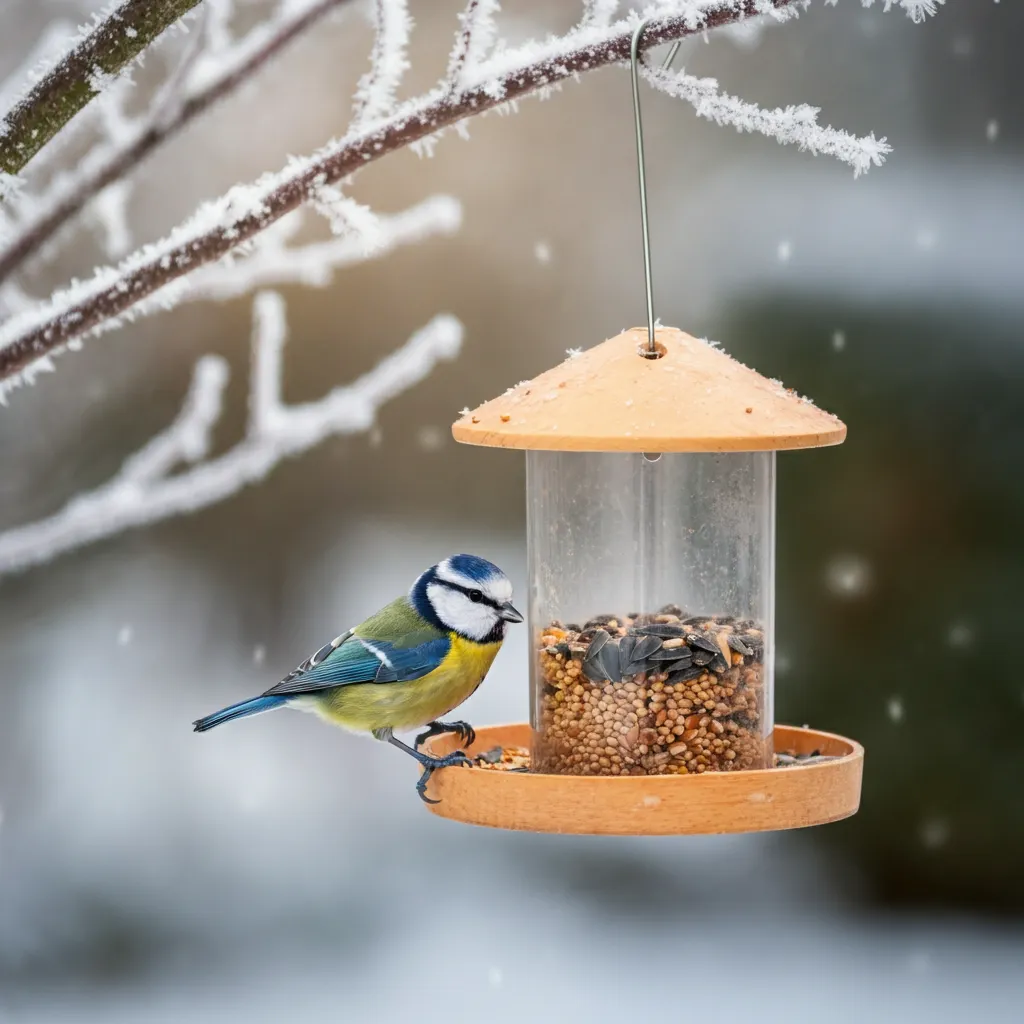
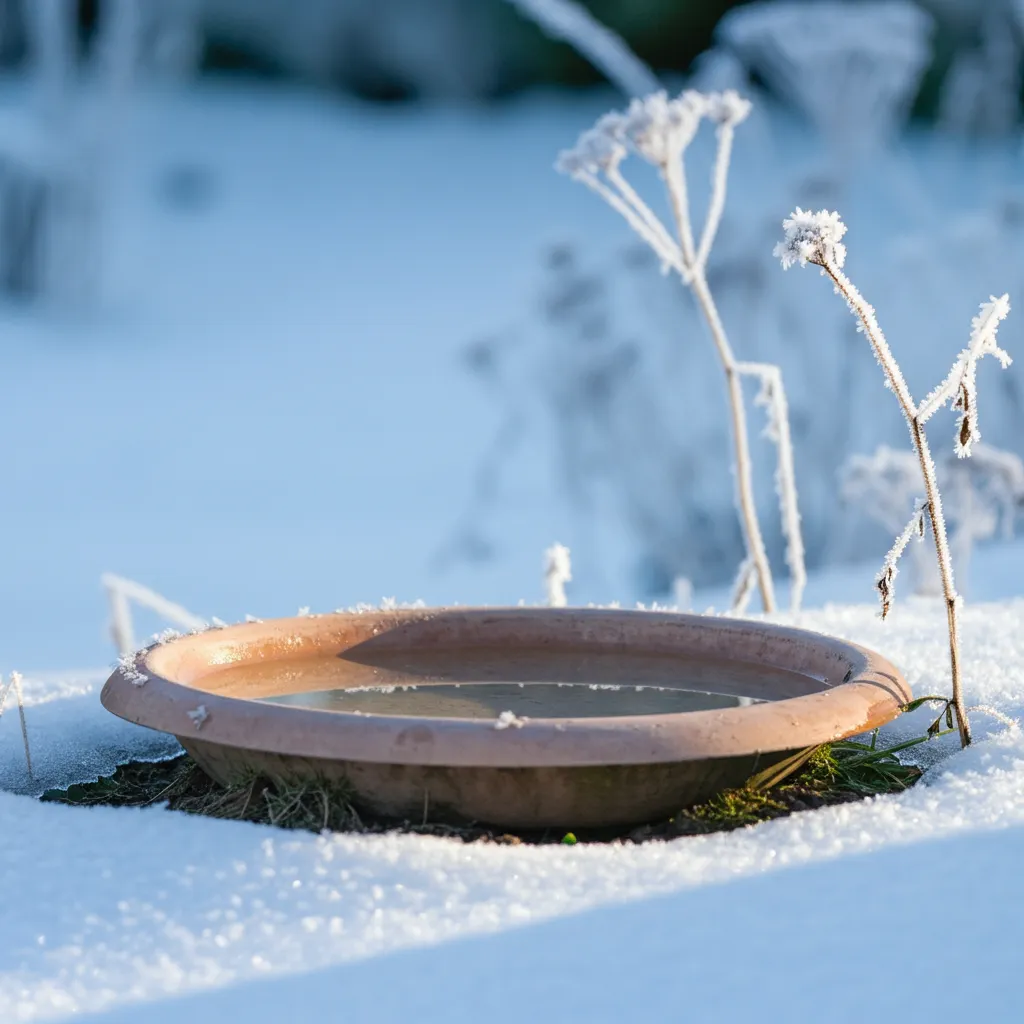
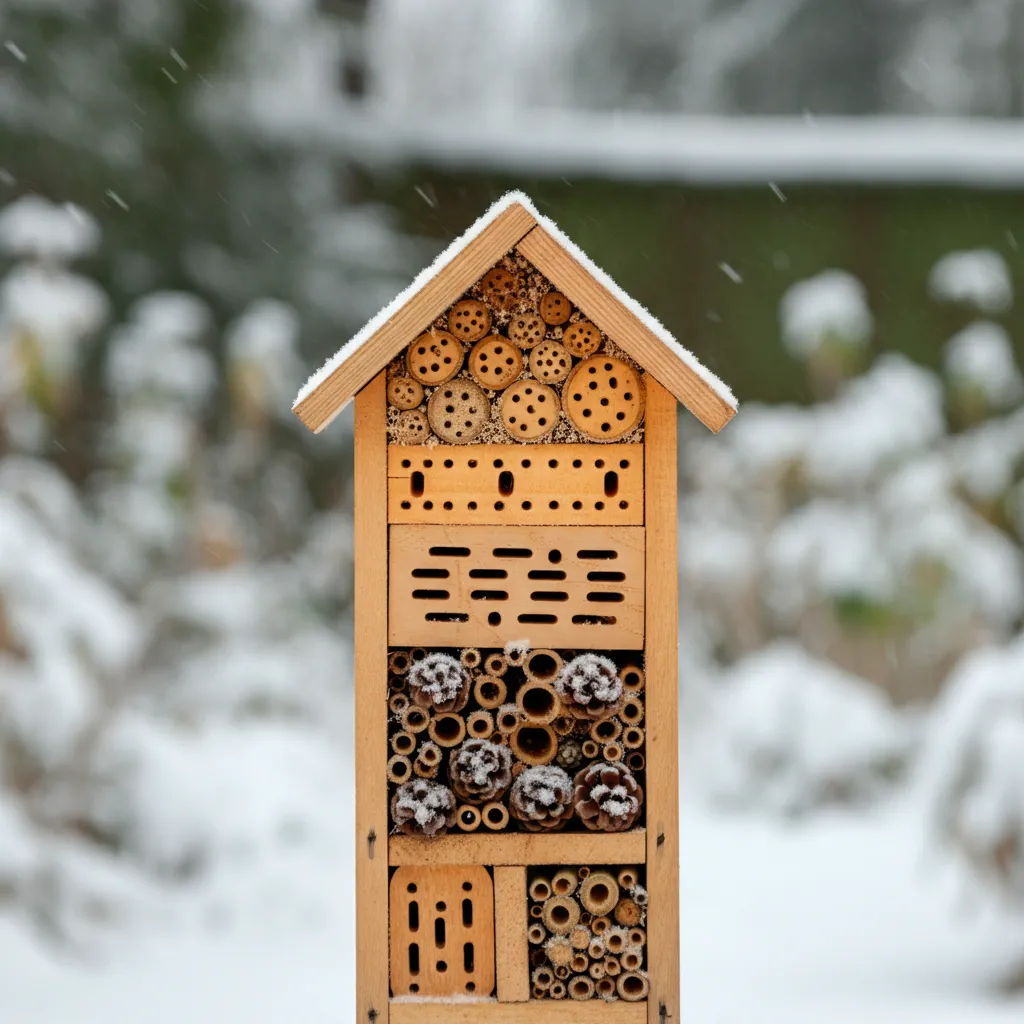
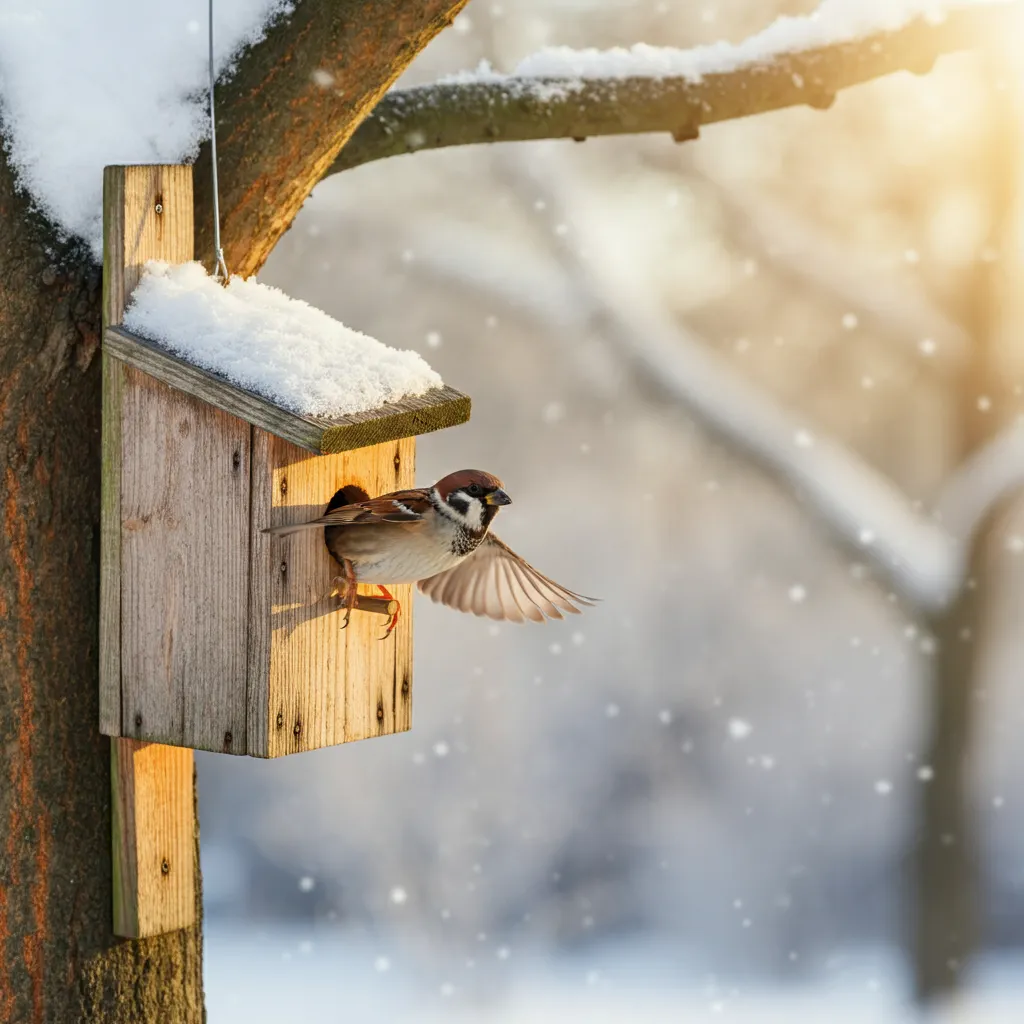
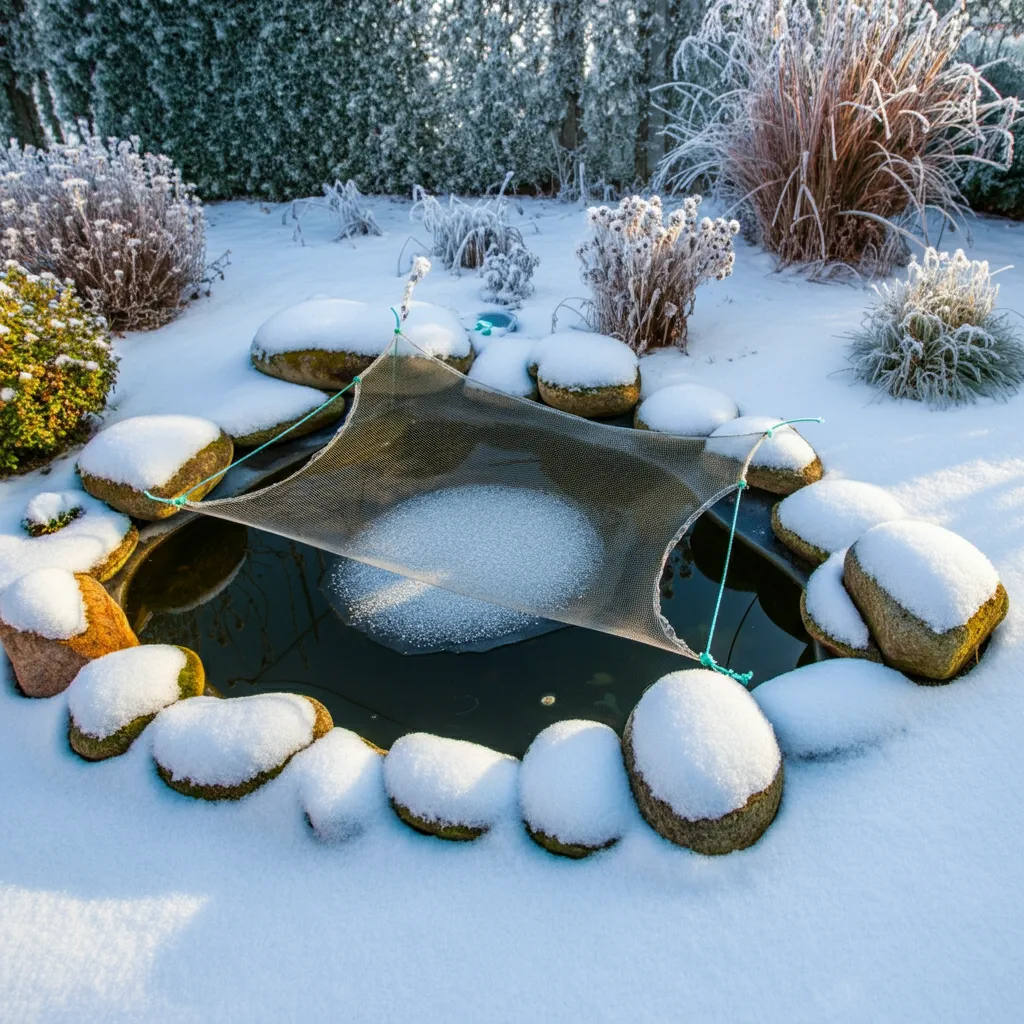
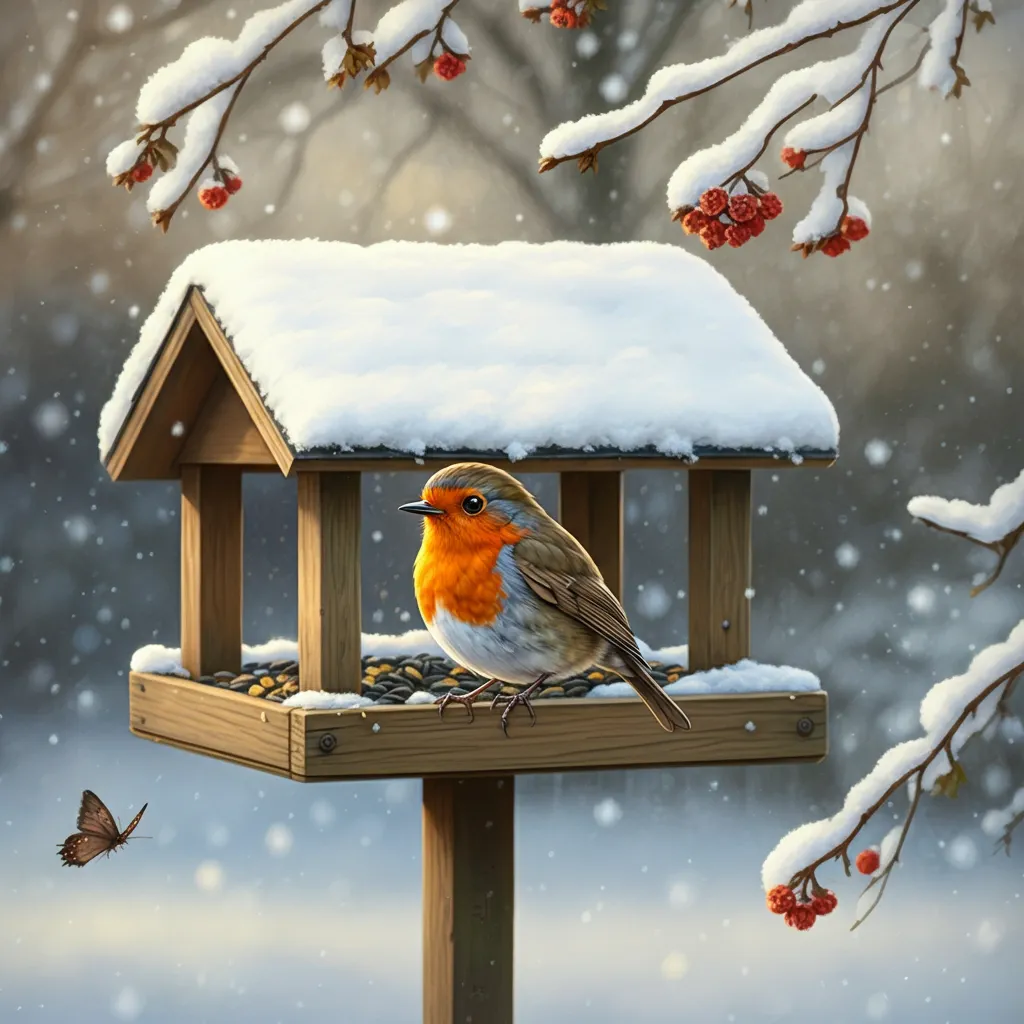











Community Feedback